Home>Garden Essentials>Garden Plants>What Is Thyme Seasoning Used For
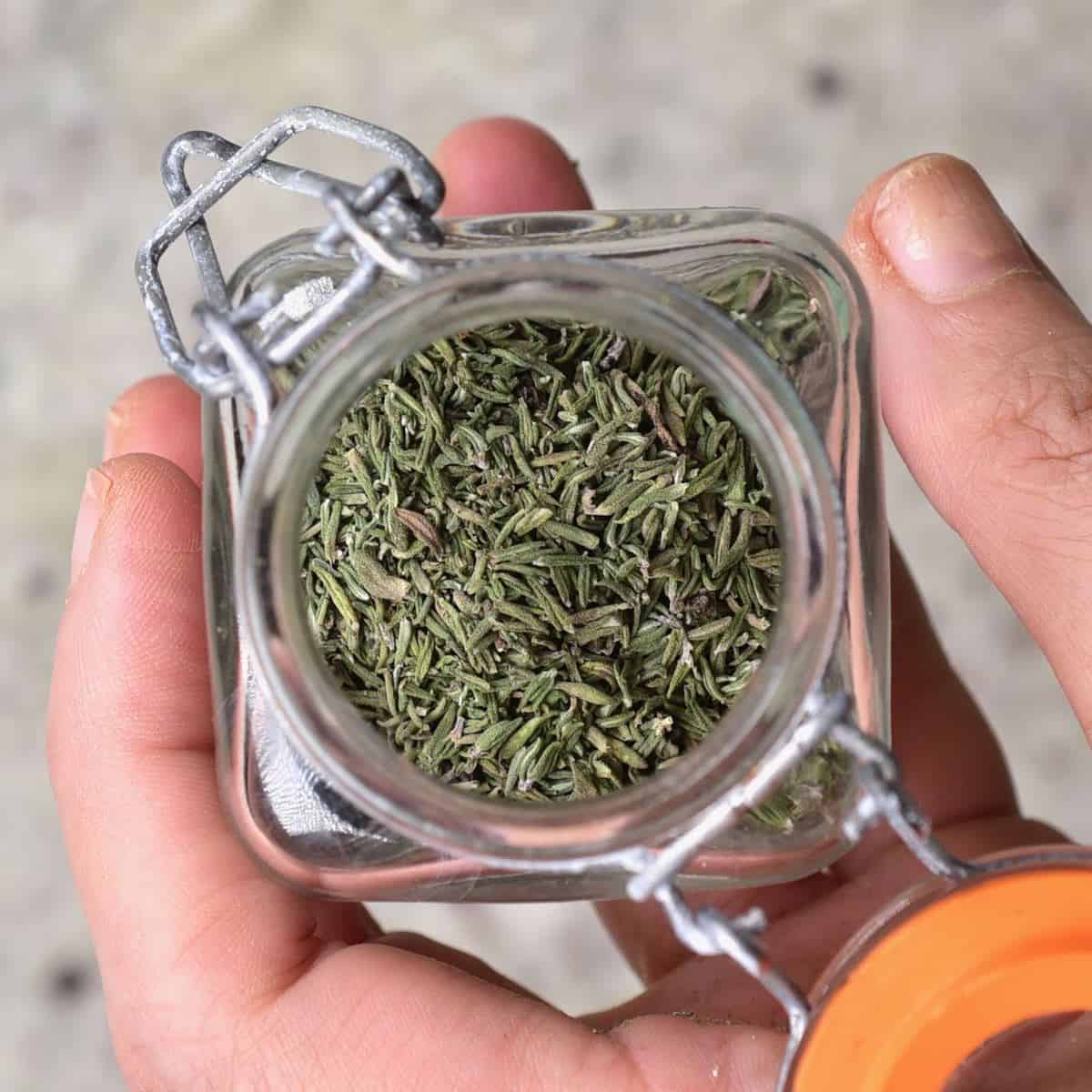

Garden Plants
What Is Thyme Seasoning Used For
Modified: January 20, 2024
Learn the many uses of thyme seasoning for plants and elevate your gardening game. Discover how to use thyme to enhance flavors and promote plant health.
(Many of the links in this article redirect to a specific reviewed product. Your purchase of these products through affiliate links helps to generate commission for Storables.com, at no extra cost. Learn more)
Introduction
Thyme seasoning is a beloved herb that has been used for centuries for its culinary and medicinal properties. Derived from the Thymus vulgaris plant, thyme is known for its fragrant aroma and distinct flavor. This versatile herb is a staple in many kitchens around the world and can be used in a wide range of dishes, from savory soups and stews to roasted meats and vegetables.
The history of thyme seasoning dates back to ancient times when it was valued for its medicinal benefits. The ancient Egyptians used thyme in their embalming rituals, while the Greeks believed that thyme was a symbol of courage and used it in their baths and temples. The Romans incorporated thyme into their cuisine, and it was even used as a natural remedy for various ailments.
Today, thyme seasoning continues to be cherished for its rich flavor and culinary versatility. Its distinctive taste adds depth and complexity to dishes, making it a popular choice among chefs and home cooks alike. Additionally, thyme offers numerous health benefits and is known for its antioxidant properties, making it not only a flavorful herb but a nutritious one as well.
In this article, we will delve into the history, culinary uses, medicinal properties, traditional practices, growing and harvesting techniques, and tips for cooking with thyme seasoning. Whether you are a seasoned chef or a novice in the kitchen, this comprehensive guide will provide you with all the information you need to fully appreciate and utilize the wonders of thyme seasoning.
Key Takeaways:
- Thyme seasoning, with its rich history and versatile flavor, enhances dishes from meats to soups. Its health benefits and cultural significance make it a must-have herb for both culinary and traditional practices.
- Growing and harvesting thyme is a rewarding experience, offering fresh flavor year-round. Whether used fresh or dried, thyme’s compatibility with other herbs allows for endless culinary creativity.
Read more: What Is Thyme Used For
History of Thyme Seasoning
Thyme seasoning has a long and rich history that spans across various cultures and civilizations. The use of thyme can be traced back to ancient Egypt, where it was highly regarded for its medicinal properties. The Egyptians used thyme in their embalming rituals, believing that it had the power to preserve the dead.
In ancient Greece, thyme was considered a symbol of courage and strength. It was often used in baths and temples to purify and cleanse. Thyme also played a prominent role in Greek cuisine, where it was used to enhance the flavor of various dishes. The famous philosopher, Hippocrates, used thyme to treat respiratory ailments and promote good health.
During the Roman era, thyme was extensively used in cooking. The Romans believed that thyme had healing properties and often utilized it as a natural remedy for respiratory conditions and digestive issues. They also incorporated thyme into their cheeses and wines, adding a unique flavor to their culinary creations.
Thyme continued to be highly valued throughout the Middle Ages. It was commonly used as a strewing herb, spread on the floors of homes and castles to release its aromatic fragrance when walked upon. Thyme was also employed as a natural insect repellent, protecting against fleas and other pesky critters.
With the Age of Exploration, thyme spread beyond Europe and became popular in cuisines around the world. It found its way to the Americas through colonizers and was embraced by indigenous cultures for its flavor and medicinal properties.
Today, thyme remains a staple herb in many culinary traditions. It is used in a wide range of dishes, including soups, stews, sauces, marinades, and roasted meats. Its versatility and distinctive flavor continue to make it a beloved ingredient in kitchens globally.
Furthermore, the medicinal properties of thyme are still highly regarded. Studies have shown that thyme contains powerful antioxidants and antimicrobial compounds, making it beneficial for digestion, respiratory health, and overall well-being.
As we explore the culinary and medicinal uses of thyme seasoning, it is important to appreciate its rich history and the legacy it has left behind. The remarkable journey of thyme as a prized herb is a testament to its enduring appeal and its ability to enhance both our taste buds and our health.
Culinary Uses of Thyme Seasoning
Thyme seasoning is a versatile herb that adds depth and flavor to a wide range of dishes. Its distinctive taste, with hints of citrus and woodsy undertones, makes it a popular choice among chefs and home cooks. Here are some of the culinary uses of thyme:
- Seasoning Meat: Thyme pairs exceptionally well with various meats, including chicken, beef, lamb, and pork. Its robust flavor complements the richness of the meat, adding a savory and aromatic element to dishes. Simply sprinkle some thyme leaves or use sprigs of fresh thyme to season roasts, stews, or grilled meats.
- Enhancing Soups and Stews: Thyme is a fantastic addition to soups and stews, infusing them with a depth of flavor. Whether in hearty vegetable soups, comforting chicken noodle soup, or robust beef stew, a sprinkle of thyme can elevate the taste and add a comforting warmth.
- Flavoring Vegetables: Thyme pairs well with a variety of vegetables, enhancing their natural flavors. Roasted potatoes, sautéed mushrooms, caramelized onions, and grilled vegetables all benefit from the addition of thyme. Simply toss the vegetables with some olive oil and fresh thyme before cooking to enhance their taste.
- Creating Sauces and Marinades: Thyme can be used to infuse sauces and marinades with its aromatic essence. Whether you are making a tomato-based pasta sauce, a tangy barbecue marinade, or a homemade salad dressing, adding some thyme can bring depth and complexity to the flavors.
- Adding Flavor to Breads and Pastries: Thyme can also be used to add a unique twist to baked goods. Incorporate dried thyme into bread dough or pastry recipes to create savory loaves or flaky pastries with a herbaceous aroma.
It is important to note that thyme can be used either fresh or dried, depending on personal preference and the specific recipe. Fresh thyme leaves provide a stronger flavor, while dried thyme has a slightly more concentrated taste. Experiment with both forms to find what works best for your culinary creations.
One of the great things about thyme is its compatibility with other herbs and spices. It blends well with rosemary, oregano, sage, and other savory herbs, allowing you to create flavor combinations that suit your preferences.
Whether you are cooking a hearty meal for your family or looking to impress guests with a flavorful dish, thyme seasoning is a valuable asset in the kitchen. Its versatility and ability to enhance a wide range of flavors make it a go-to herb for chefs and food enthusiasts worldwide.
Medicinal Uses of Thyme Seasoning
Thyme seasoning not only adds flavor to dishes but also offers numerous health benefits. Throughout history, thyme has been used for its medicinal properties, and modern research continues to support its therapeutic value. Here are some of the medicinal uses of thyme:
- Respiratory Health: Thyme is well-known for its ability to support respiratory health. It contains compounds known as expectorants, which help to loosen mucus and relieve congestion. Drinking thyme tea or inhaling thyme-infused steam can provide relief from coughs, colds, and respiratory infections.
- Antioxidant Properties: Thyme is rich in antioxidants, which help protect the body against free radicals. These molecules can cause oxidative stress and damage to cells, leading to diseases like cancer and cardiovascular conditions. By incorporating thyme into daily meals, you can increase your antioxidant intake and support overall health.
- Anti-inflammatory Effects: Thyme contains anti-inflammatory compounds that can help reduce inflammation in the body. Chronic inflammation is linked to various health issues, including arthritis and certain autoimmune disorders. Adding thyme seasoning to your diet may offer some relief and contribute to a healthier inflammatory response.
- Digestive Aid: Traditionally, thyme has been used to promote digestion and alleviate digestive discomfort. It can help stimulate the production of digestive enzymes, reduce bloating, and soothe indigestion. Consuming thyme-infused tea or adding thyme to cooked meals can support proper digestion.
- Antimicrobial Activity: Thyme possesses potent antimicrobial properties, thanks to its essential oils thymol and carvacrol. These compounds have been shown to fight against bacteria, fungi, and even some parasitic infections. Thyme has historically been used topically to clean wounds and support wound healing.
It’s important to note that while thyme offers potential health benefits, it should not replace medical treatment or professional advice. Consult with a healthcare professional before using thyme for any specific health conditions or concerns.
Thyme can be consumed in various forms to reap its medicinal benefits. Fresh thyme leaves can be steeped in hot water to make a soothing tea, or you can incorporate dried thyme into spice blends or infuse it into oils for topical use. Remember to use thyme in moderation and be mindful of any potential allergies or sensitivities.
Whether you are seeking natural remedies or simply looking to boost your overall health, consider incorporating thyme seasoning into your culinary routine. Enjoy its flavorful properties while potentially reaping its therapeutic effects.
Thyme seasoning is commonly used to add flavor to a variety of dishes, including soups, stews, roasted meats, and vegetables. It pairs well with other herbs like rosemary and sage.
Thyme Seasoning in Traditional and Folklore Practices
Thyme seasoning has been revered for its mystical properties and has been deeply ingrained in traditional and folklore practices throughout the years. Here are some fascinating examples of how thyme has been used in different cultures:
- Protective Charm: In ancient Greece, thyme was considered a symbol of courage and was often worn as a protective charm. It was believed that wearing thyme would ward off evil spirits and provide protection against curses and negative energies.
- Herbal Cleansing: Thyme has long been associated with purification and cleansing rituals. In some cultures, dried bundles of thyme would be burned as a smudging tool to cleanse homes and spaces from negative energies. The aromatic smoke of burning thyme was believed to purify the air and promote a positive atmosphere.
- Love and Romance: According to folklore, thyme was believed to possess aphrodisiac properties and symbolized love and fidelity. In medieval times, it was customary for knights to wear thyme sprigs embroidered on their clothing as a sign of devotion to their loved ones.
- Magical Uses: Thyme was often used in herbal magic and spellcasting. It was believed to enhance psychic abilities, promote good dreams, and bring about positive energy. Thyme leaves were used in spell pouches, amulets, and love charms to attract positive energies and luck.
- Preserving Memories: In the Victorian era, thyme was used to create potpourri, which would be placed in sachets and used to preserve cherished memories. The aromatic thyme-infused potpourri served as a reminder of events, places, or loved ones.
These traditional and folklore practices highlight the profound significance of thyme seasoning beyond its culinary uses. Thyme was not only valued for its flavor but also for its perceived magical and spiritual properties.
While many of these practices have evolved over time, thyme continues to be celebrated for its aromatic and symbolic qualities. It serves as a reminder of the mystical connections between nature, culture, and our everyday lives.
Whether you choose to incorporate thyme in your cooking, create fragrant sachets, or simply appreciate the cultural significance, thyme seasoning offers a window into the rich traditions and folklore associated with this remarkable herb.
Read more: What Is Ground Thyme Used For
Growing and Harvesting Thyme Seasoning
Growing thyme is a rewarding endeavor, as it is a relatively low-maintenance herb that thrives in a variety of climates. Here are some essential tips for successfully growing and harvesting thyme:
1. Choose the Right Location: Thyme prefers full sun and well-draining soil. Select a location in your garden that receives at least six hours of direct sunlight each day. Thyme is also tolerant of poor soil conditions and can adapt to various soil types, including sandy or rocky soil.
2. Start from Seeds or Transplants: Thyme can be grown from seeds, but it’s usually quicker and easier to start with transplants. Purchase thyme seedlings from a garden center or nursery, or propagate new plants from cuttings.
3. Planting Thyme: Space thyme plants around 12-18 inches apart to allow for adequate air circulation. Dig a hole slightly larger than the root ball of the seedling, place it in the hole, and gently firm the soil around it. Water thoroughly after planting.
4. Watering: Thyme is drought-tolerant and prefers dry to moderately moist soil. Water sparingly, allowing the soil to dry out between waterings. Overwatering can lead to root rot, so it’s important to strike a balance to maintain healthy growth.
5. Pruning: Regular pruning helps to keep thyme plants bushy and compact. Prune the plants after they finish flowering or in early spring to remove any dead or leggy growth. This not only promotes new growth but also helps maintain the overall shape of the plant.
6. Harvesting: Thyme can be harvested throughout the growing season and even in winter if the climate allows. To harvest, simply snip the stems using sharp scissors or pruning shears. Harvesting stimulates new growth, so be mindful not to remove more than one-third of the plant at a time.
7. Drying Thyme: To preserve thyme for later use, you can dry the harvested stems. Bundle a few stems together and hang them in a well-ventilated area away from direct sunlight. Once dried, strip the leaves from the stems and store them in an airtight container in a cool, dark place.
8. Freezing Thyme: Another option for preserving thyme is to freeze it. Rinse the harvested stems, pat them dry, and then remove the leaves from the stems. Place the leaves in a freezer bag or container and store them in the freezer. Frozen thyme can be used directly in cooking without thawing.
Growing and harvesting your own thyme allows you to enjoy its fresh flavor all year round. Whether you have a dedicated herb garden, a small container on your windowsill, or simply a spot in your backyard, thyme is a versatile herb that can thrive and enrich your culinary creations.
Tips for Using Thyme Seasoning in Cooking
Thyme seasoning is a versatile herb that can enhance the flavors of a wide range of dishes. Whether you are a seasoned chef or a beginner in the kitchen, here are some handy tips for using thyme in your cooking:
- Start with Fresh or Dried Thyme: Thyme can be used either fresh or dried, depending on personal preference and recipe requirements. Fresh thyme leaves offer a stronger flavor, while dried thyme has a more concentrated taste. Experiment with both forms to find what works best for your dish.
- Balance Thyme with Other Herbs: Thyme blends well with various herbs, including rosemary, parsley, oregano, and sage. Consider combining different herbs to create flavor profiles that suit your preferences. However, be mindful not to overpower the dish with the intense flavors of multiple herbs.
- Use Whole Sprigs or Stripped Leaves: When using fresh thyme, you have the option to either use the whole sprigs or strip the leaves from the stems. Whole sprigs can be added to simmering soups or stews and removed before serving. Stripped leaves are best for marinades, rubs, or adding directly to dishes for texture and flavor.
- Add Thyme Early in Cooking: Thyme releases its flavor and oils when heated, so it is best to add it early in the cooking process. This allows the herb to infuse its aroma and flavor into the dish. For slow-cooked recipes, add thyme at the beginning to allow the flavors to develop fully.
- Experiment with Different Cuisines: Thyme is commonly used in Mediterranean, French, and Italian cuisines, but don’t be afraid to explore other culinary traditions. Incorporating thyme into dishes from various cuisines can provide new and exciting flavor combinations.
- Pair Thyme with Compatible Ingredients: Thyme pairs well with a range of ingredients, including meats like chicken, beef, lamb, and pork, as well as vegetables like potatoes, mushrooms, zucchini, and tomatoes. Consider the complementary flavors and experiment with different combinations to create delicious meals.
- Use Thyme in Stocks and Sauces: Thyme adds depth and flavor to stocks, broths, and sauces. Add a few sprigs or sprinkle some dried thyme when making homemade stocks or sauces for a rich and aromatic base. Remember to remove the thyme sprigs before serving.
- Garnish with Thyme: Fresh thyme leaves make an excellent garnish, adding a touch of freshness and visual appeal to your dishes. Sprinkle some fresh thyme on top of roasted meats, grilled vegetables, or even pasta dishes as a finishing touch before serving.
Remember, cooking is an art, and experimenting with different techniques and flavors is part of the fun. Don’t be afraid to get creative and adapt recipes to suit your taste preferences. With thyme seasoning, you have a versatile herb that can add a delightful and aromatic touch to your culinary creations.
Conclusion
Thyme seasoning is a treasured herb that has been used for centuries for its culinary and medicinal benefits. From ancient times to modern-day kitchens, thyme has held a significant place in our lives. Its rich history, versatile flavor, and numerous health properties make it a beloved ingredient worldwide.
Whether you are seasoning meats, adding depth to soups and stews, or infusing vegetables with flavor, thyme brings a unique and aromatic quality to your dishes. Its compatibility with other herbs allows for endless flavor combinations, letting you explore and create culinary masterpieces.
Moreover, thyme offers a range of health benefits, from its antioxidant and anti-inflammatory properties to its support for respiratory health and digestion. Incorporating thyme into your diet can contribute to your overall well-being, making it not only a flavorful herb but also a nutritional powerhouse.
Thyme is not just an herb for cooking; it holds deep cultural and folklore significance. It has been used as a protective charm, for herbal cleansing, and in various magical practices. The symbolic and mystical qualities of thyme remind us of the connection between nature, culture, and tradition.
Whether you choose to grow your own thyme, experiment with different recipes, or explore its traditional uses, thyme seasoning offers a world of possibilities. From the moment you plant it in your garden to the moment you sprinkle it on your dish, thyme adds a touch of aromatic magic to your culinary experiences.
So, the next time you reach for the thyme seasoning in your pantry, savor the rich history, embrace the diverse uses, and enjoy the delicious flavors it brings to your table. Let thyme be your culinary companion and infuse your dishes with its timeless essence.
Frequently Asked Questions about What Is Thyme Seasoning Used For
Was this page helpful?
At Storables.com, we guarantee accurate and reliable information. Our content, validated by Expert Board Contributors, is crafted following stringent Editorial Policies. We're committed to providing you with well-researched, expert-backed insights for all your informational needs.
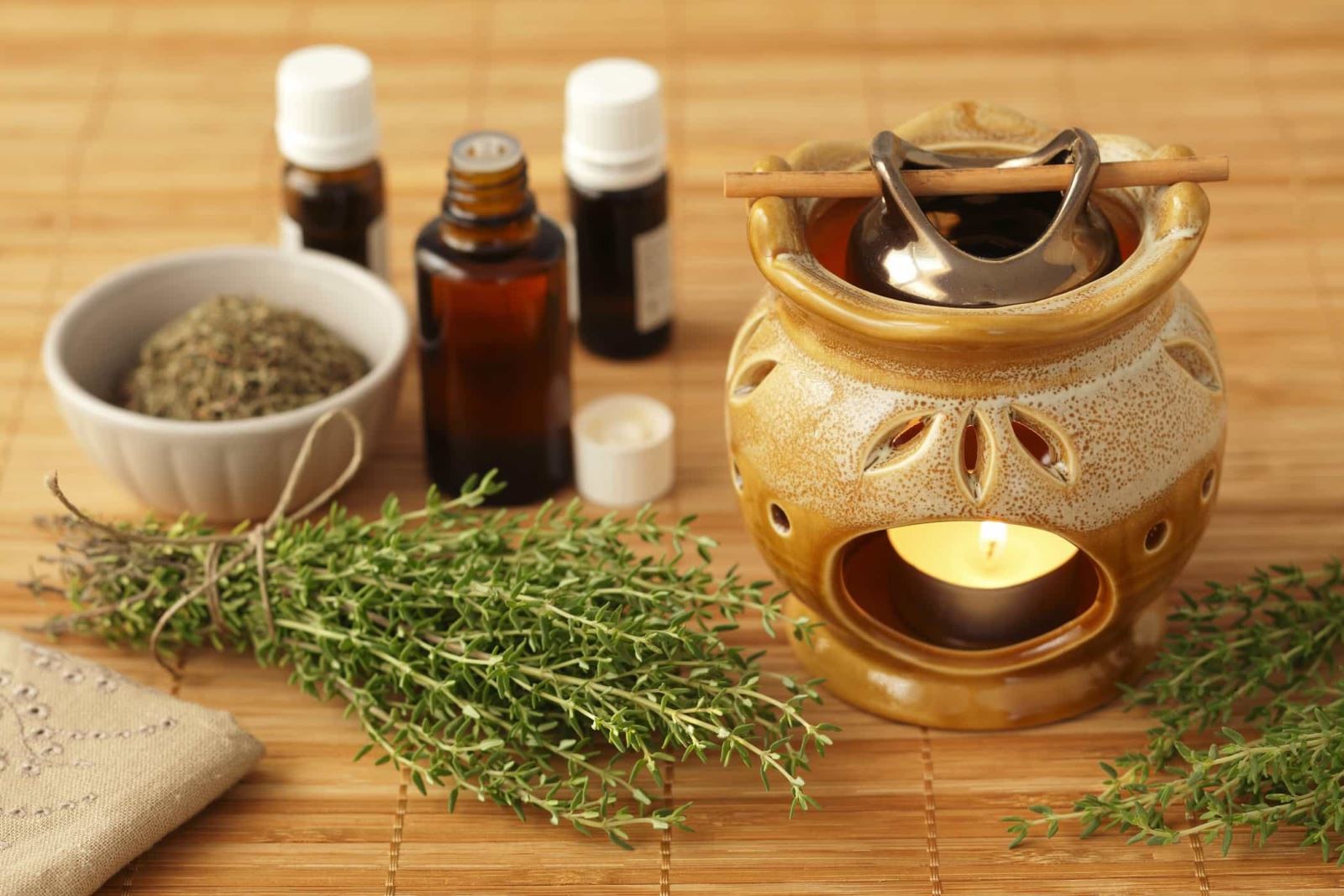
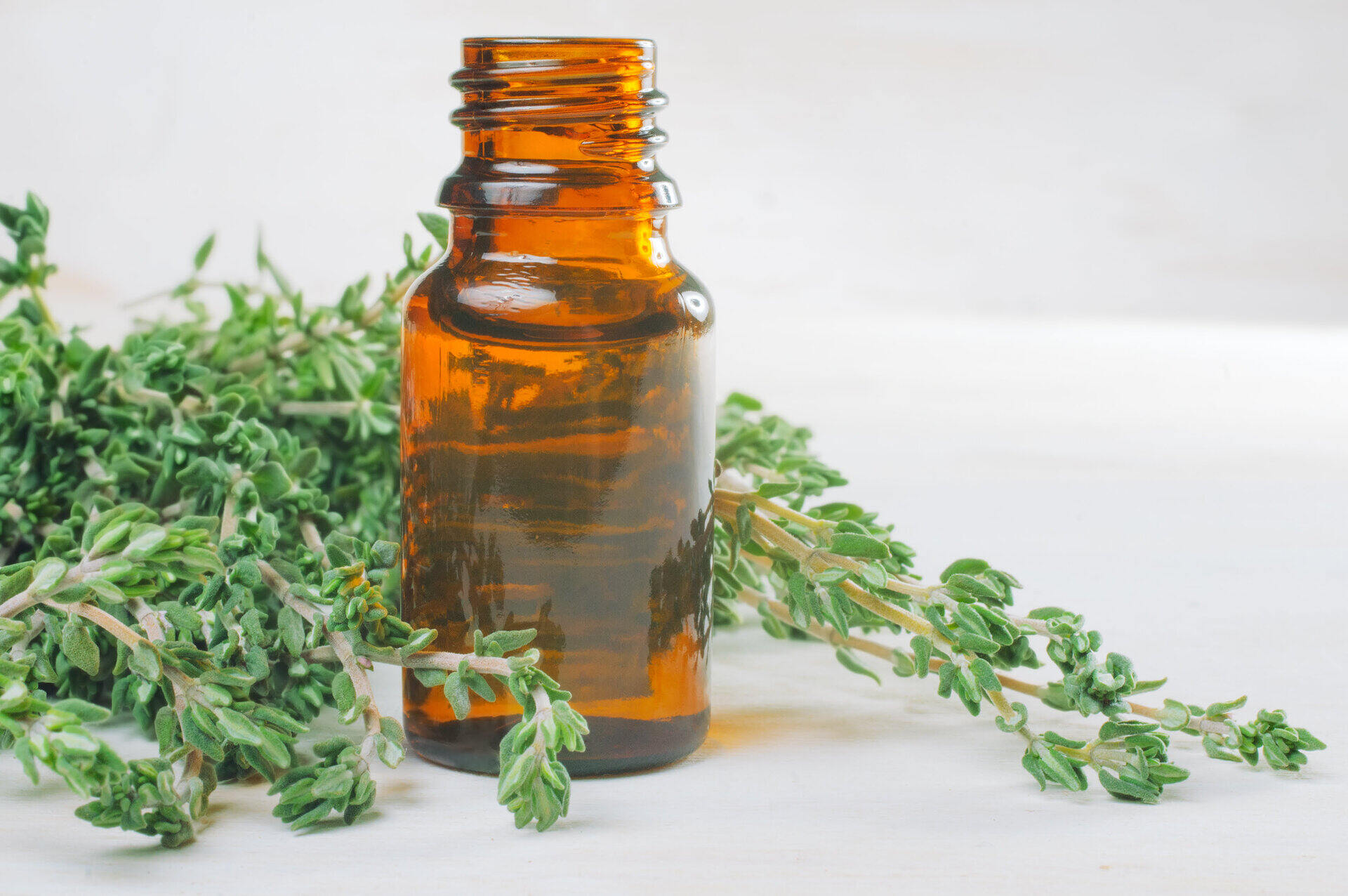

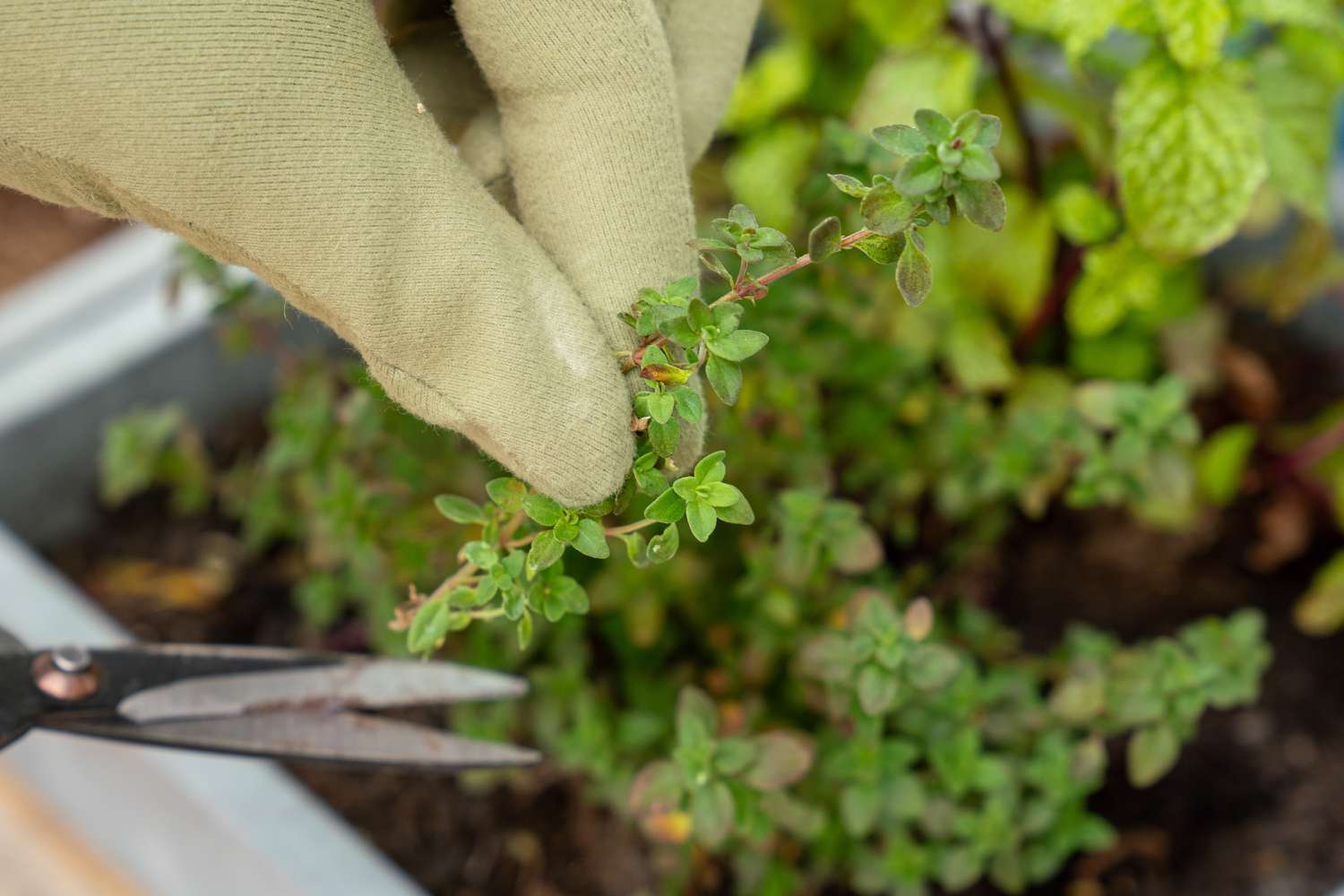
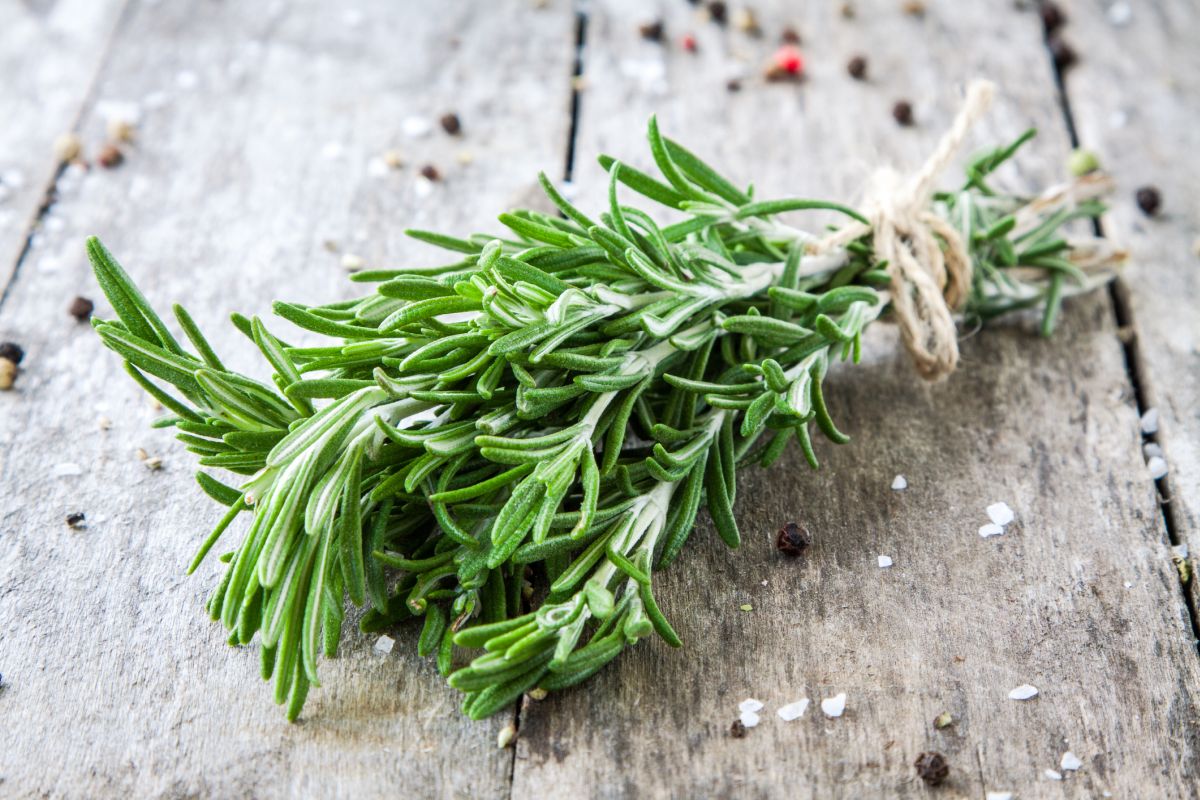
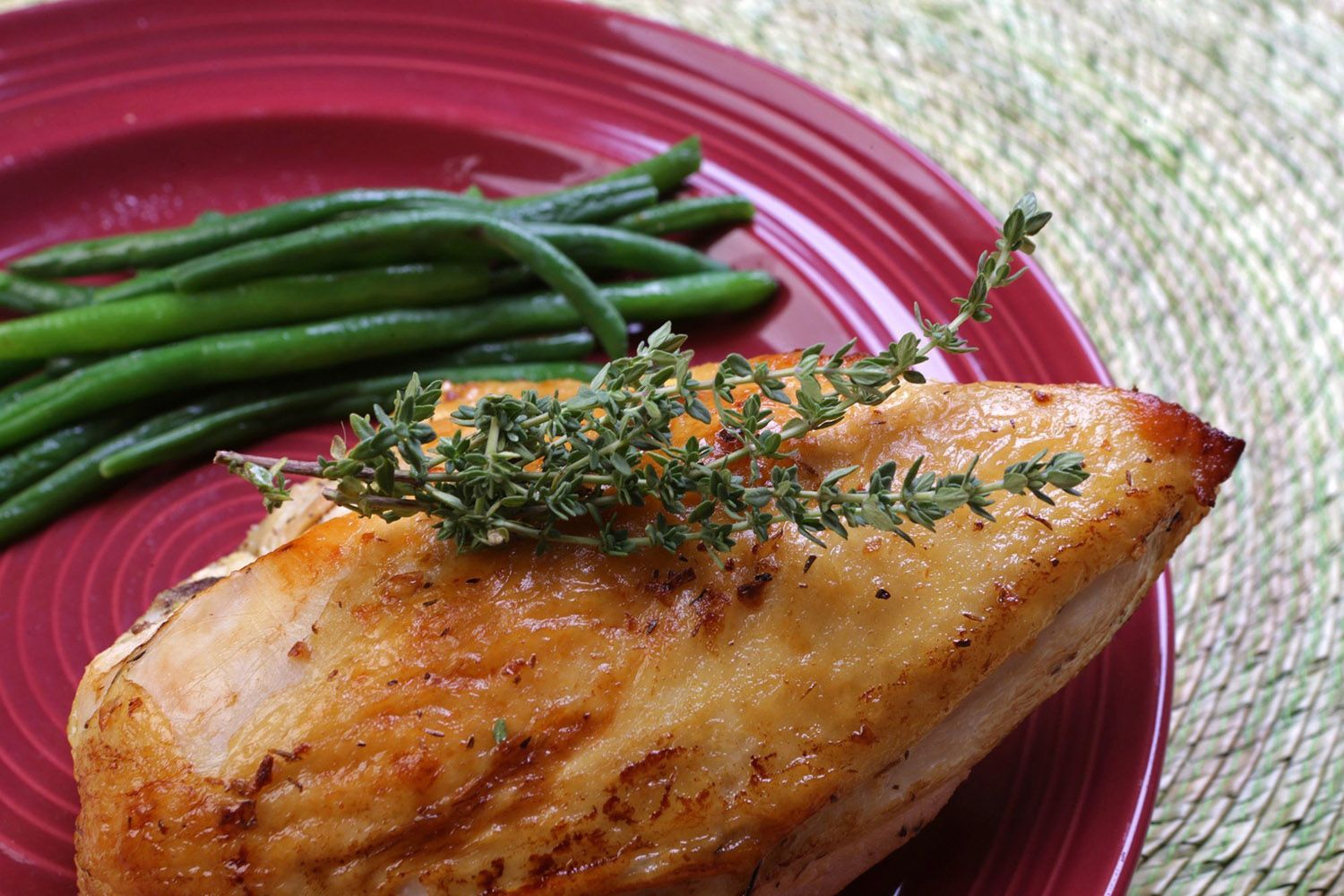
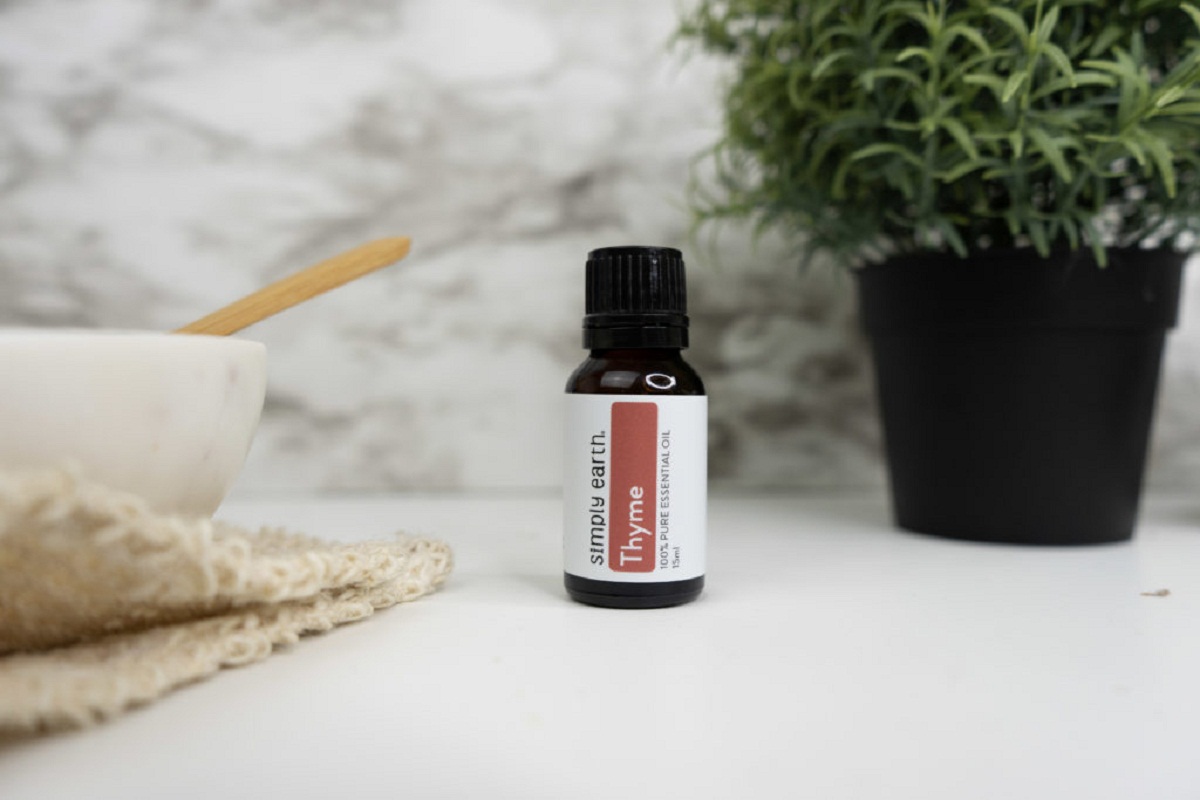
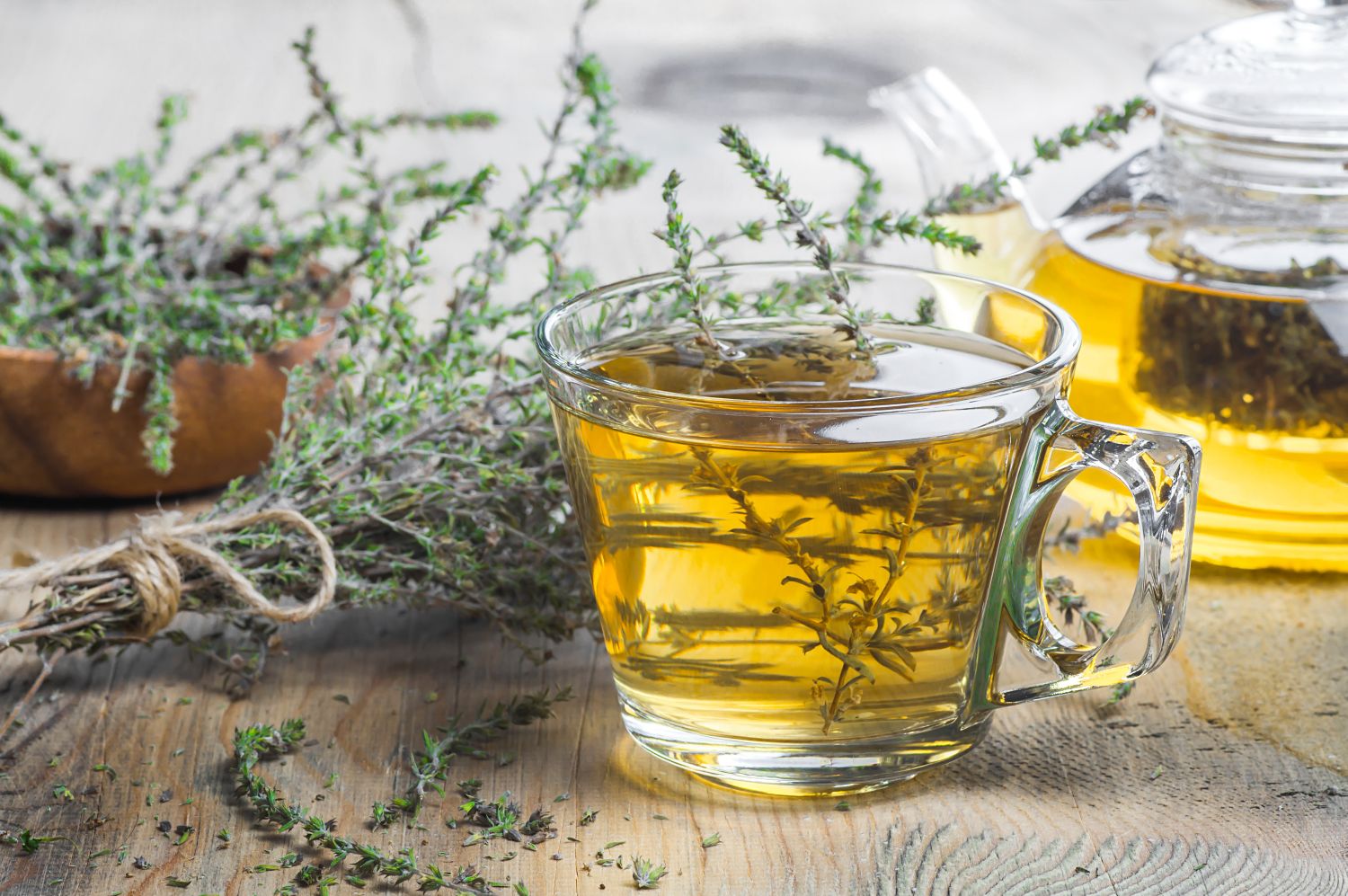
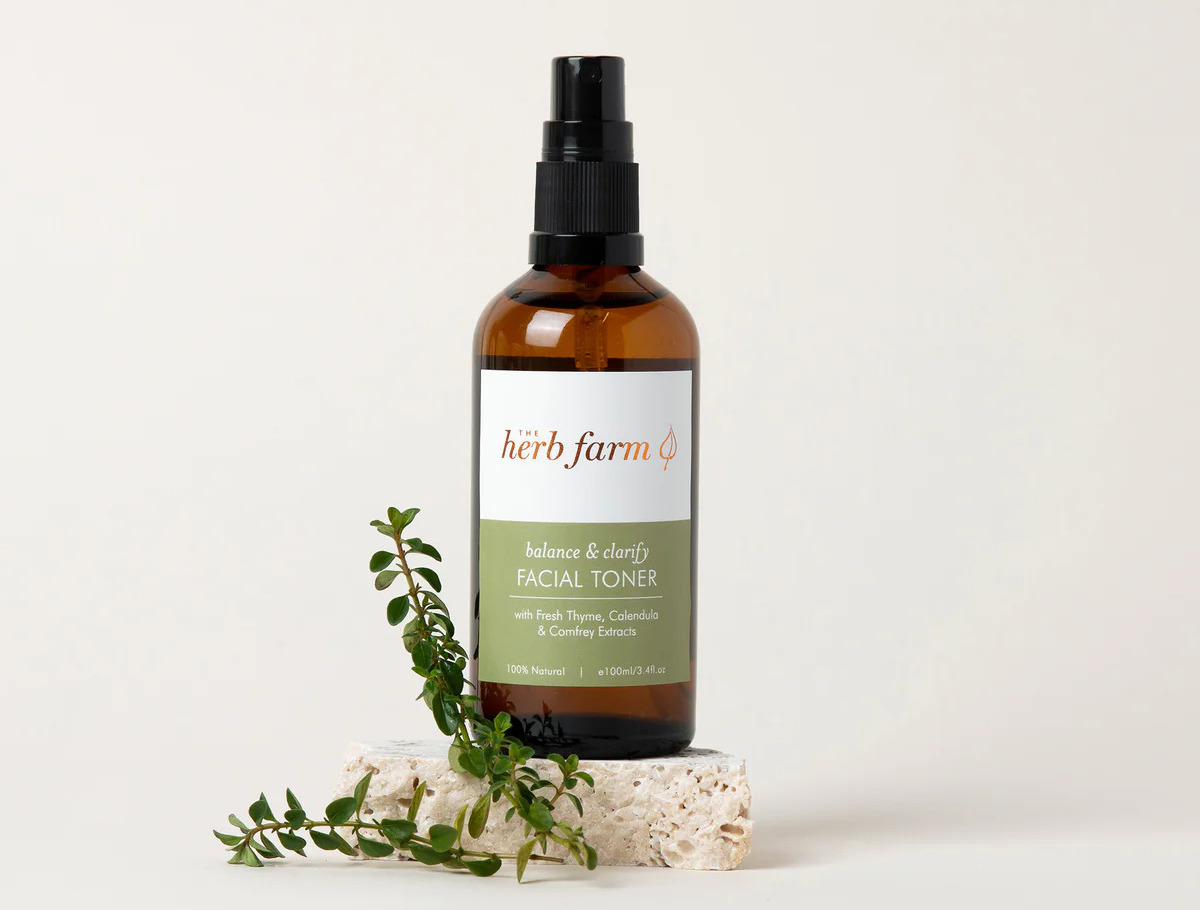
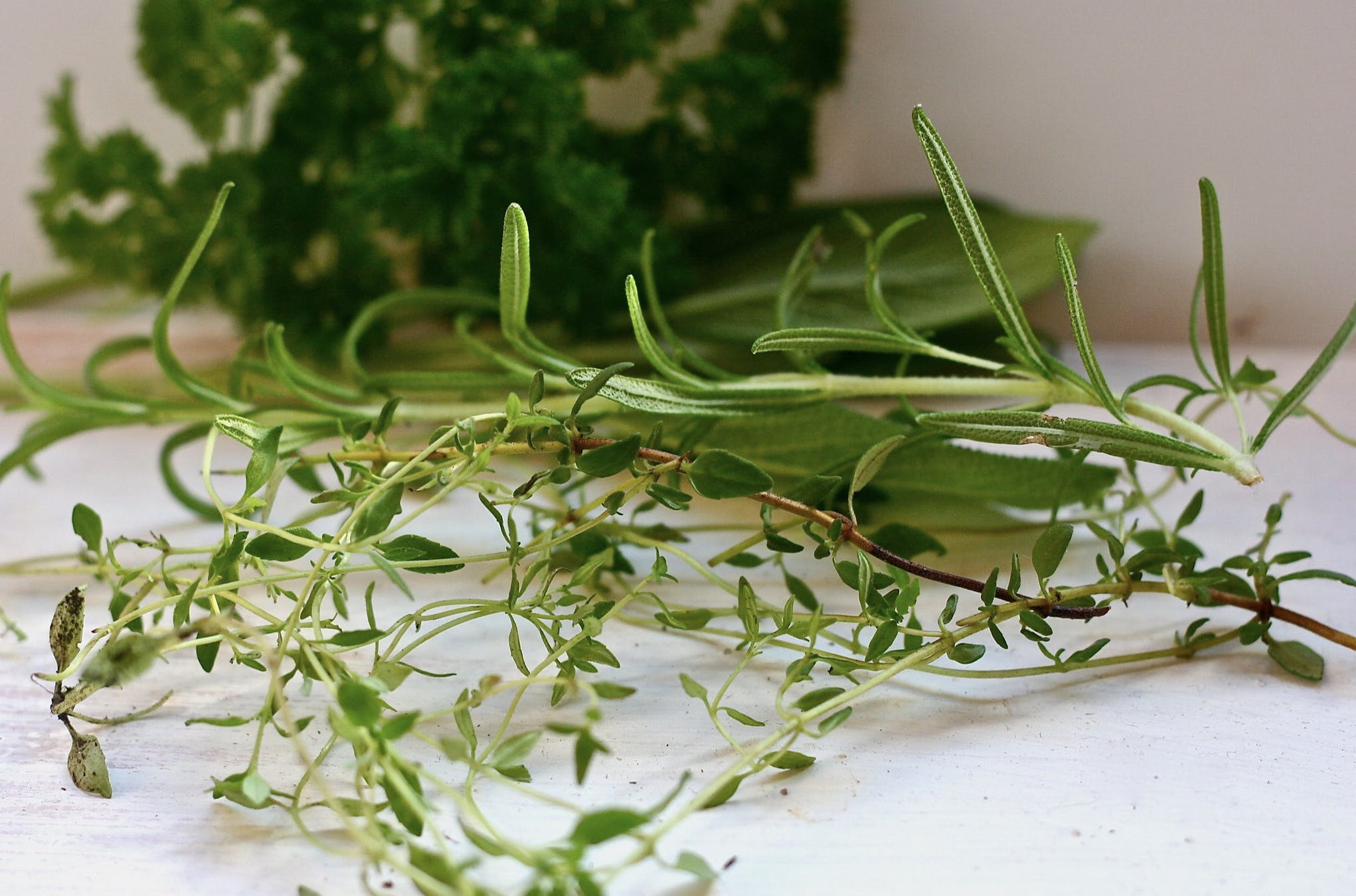
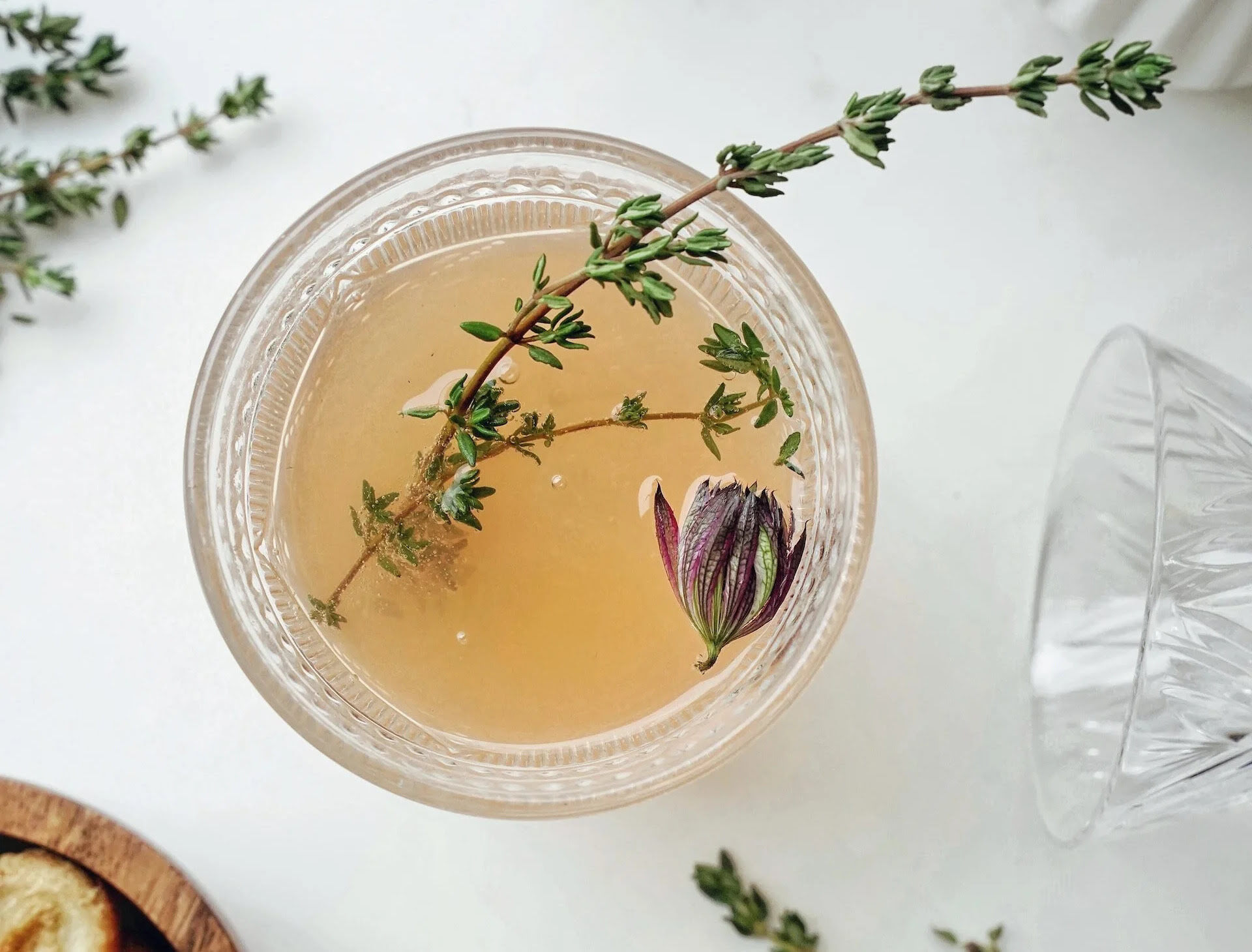
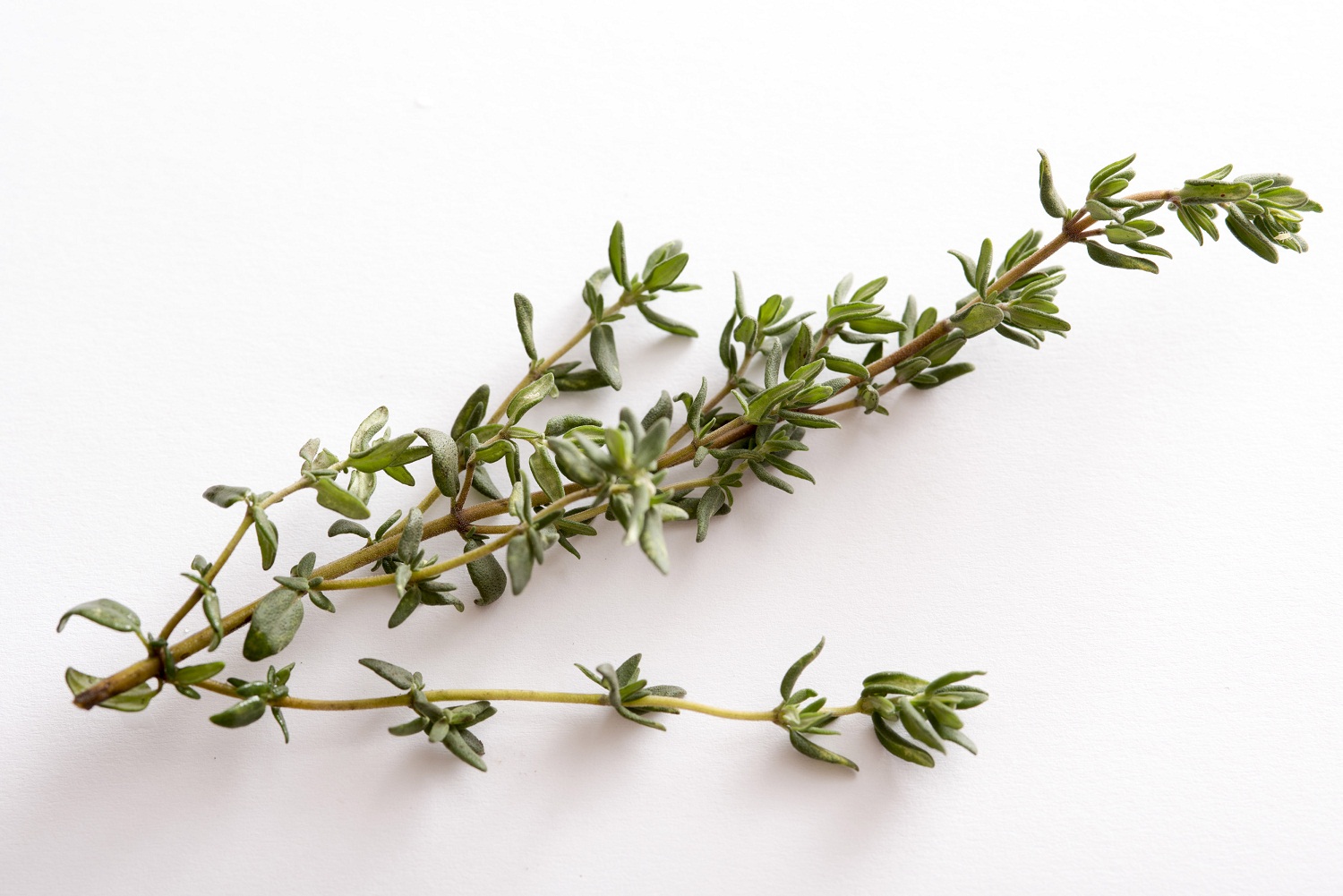
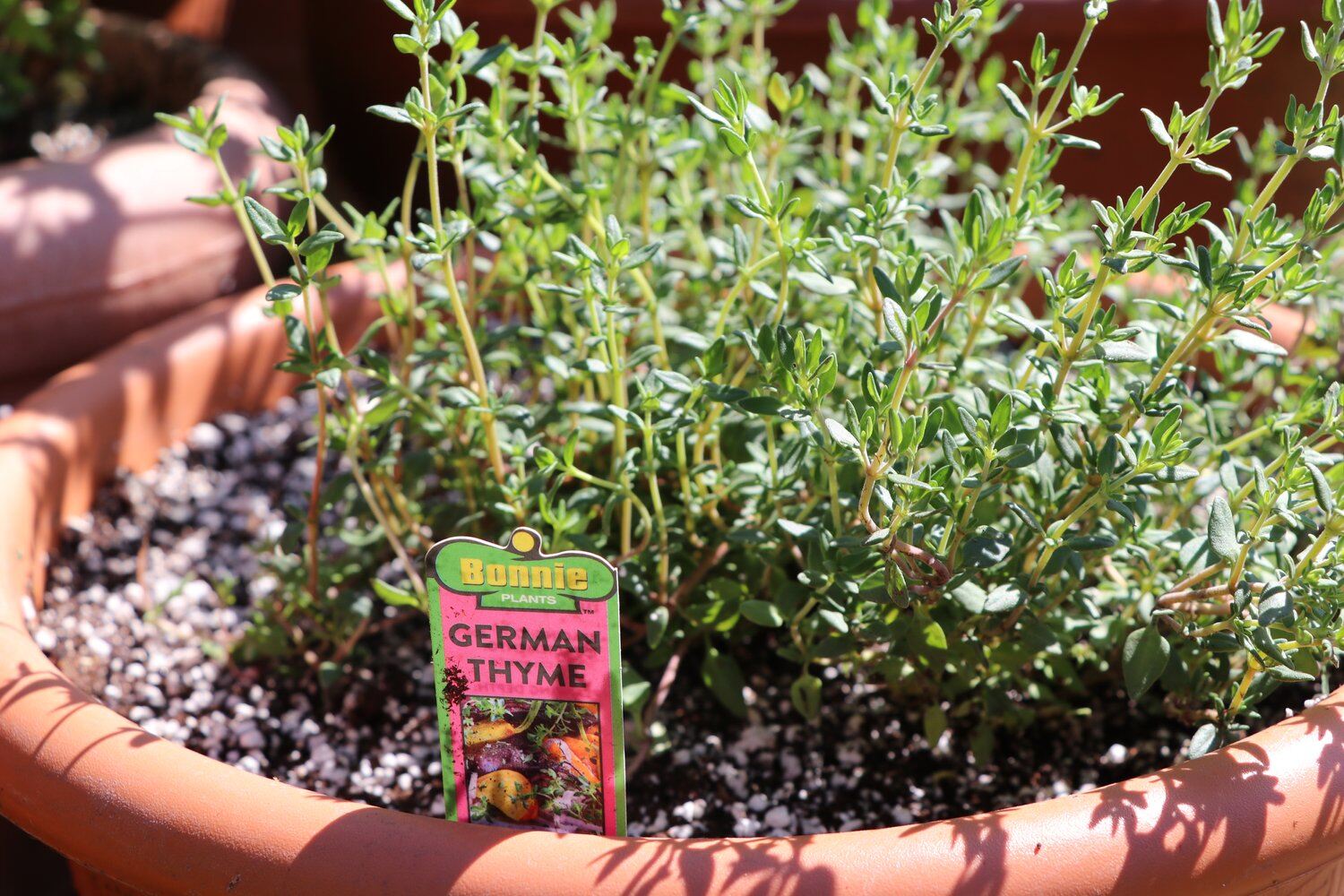
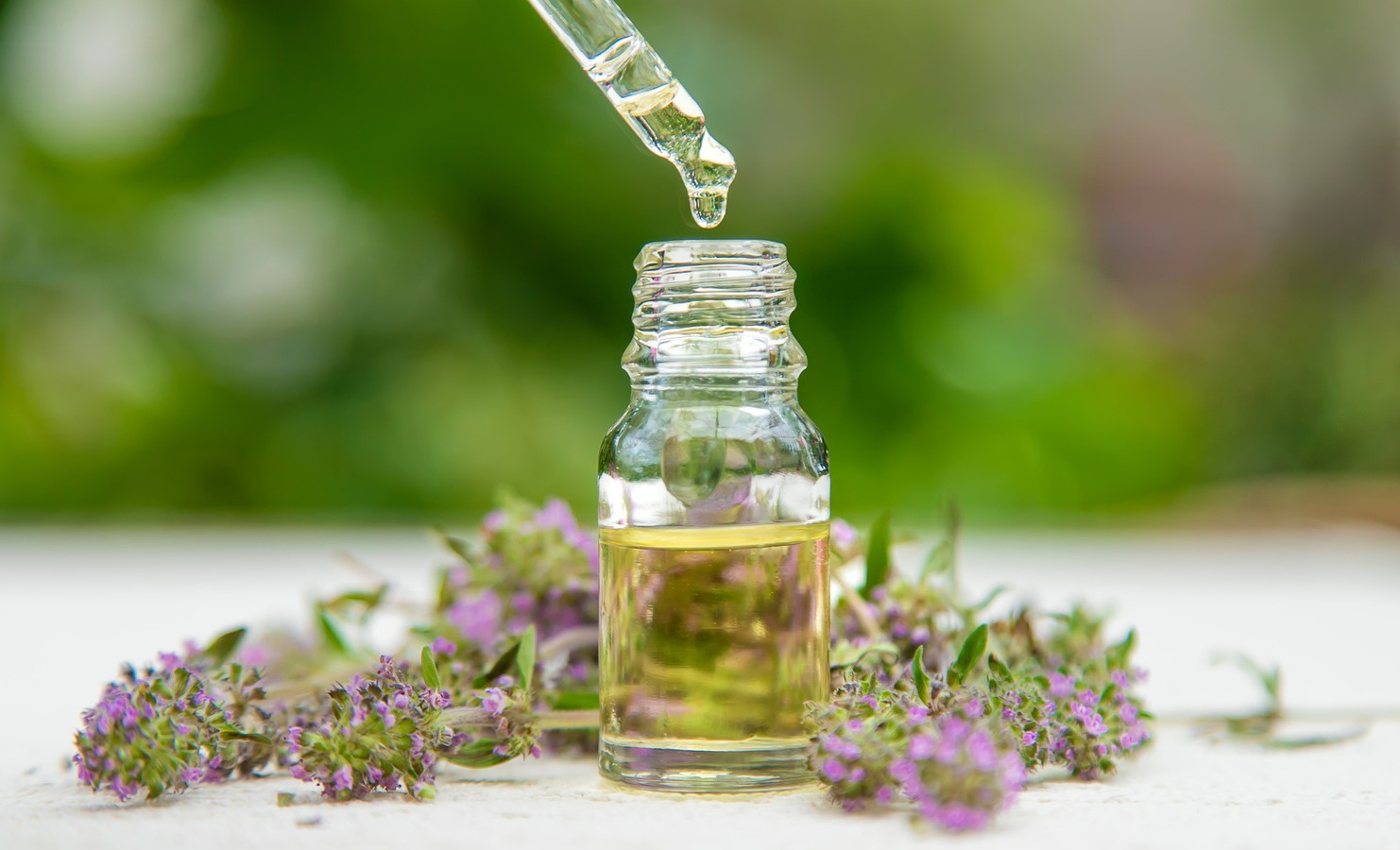

0 thoughts on “What Is Thyme Seasoning Used For”